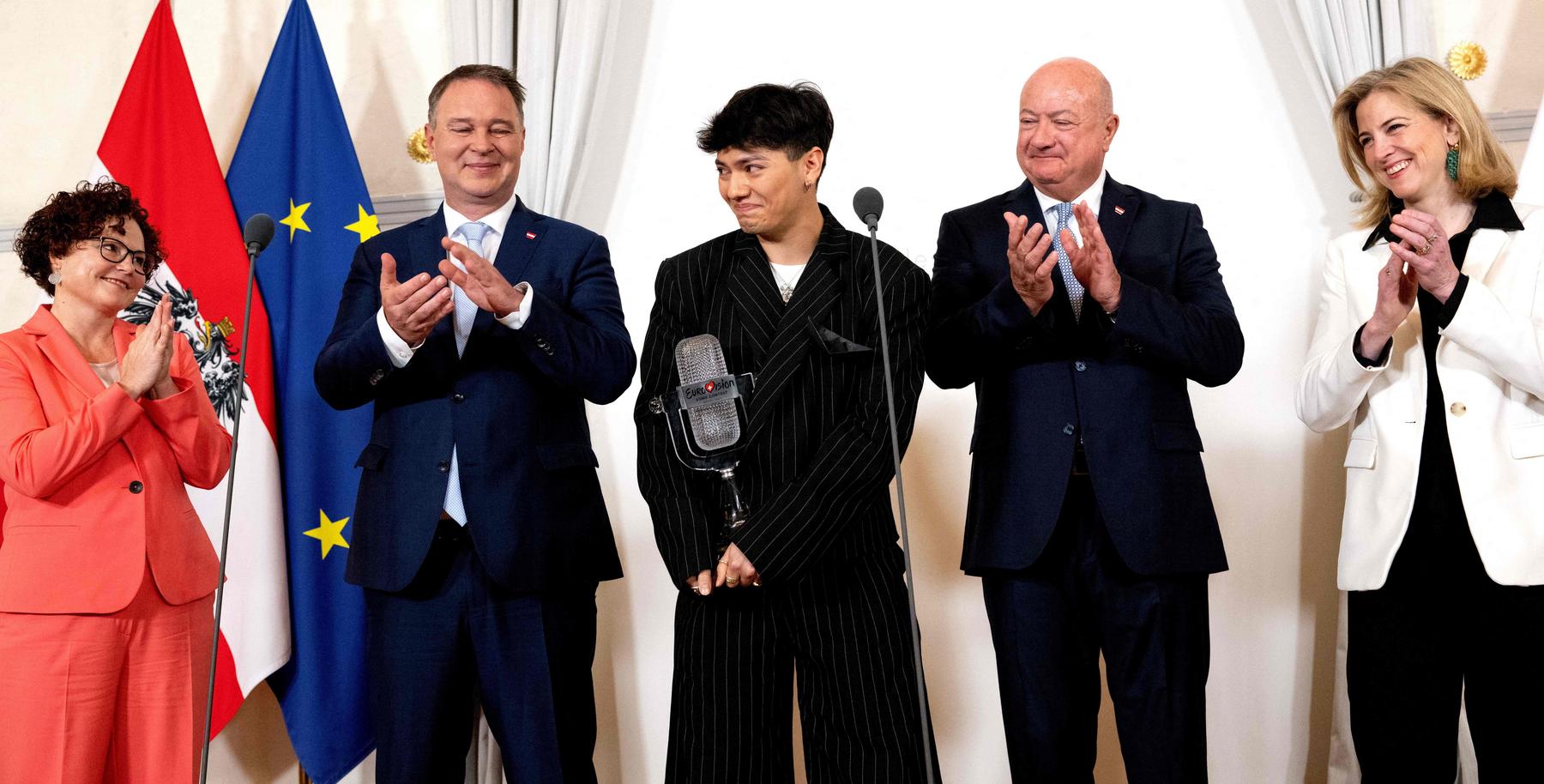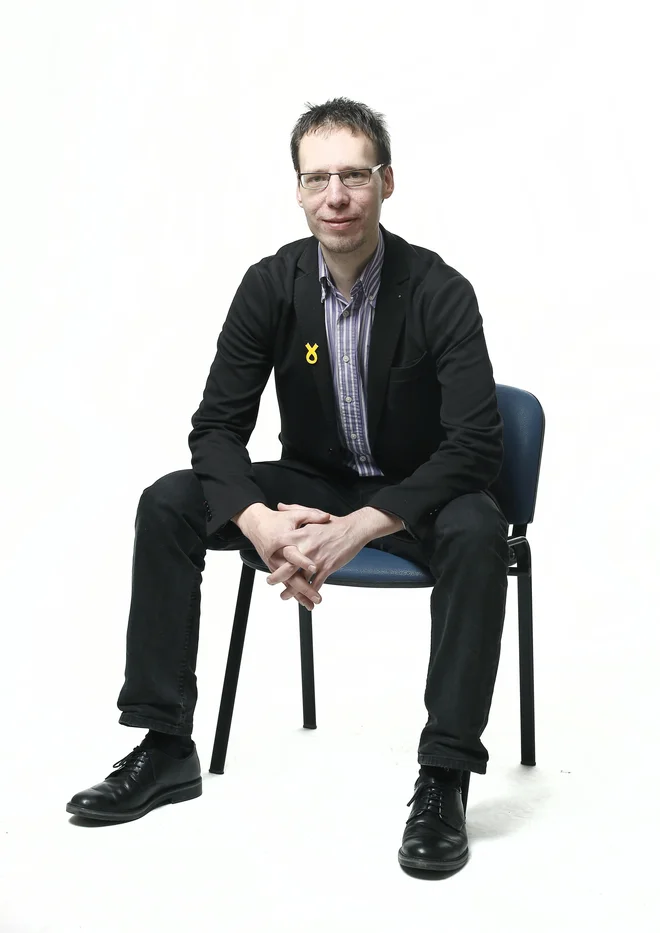AI as a dream job killer – Diepresse.com

Artificial intelligence has been on everyone’s lips since Chatgpt’s launch. Of course, she also keeps its way into recruiting companies and inevitably affects the creation of application documents, in particular the curriculum vitae.
« I have the concern, my resume is not AI optimized and is therefore sorted out in the pre-selection in the recruiting process, » said a new placement customer recently in an interview. She had received some cancellations in the past few weeks.
This is always a good reason in and of itself to take a closer look at your own application documents. And in the meantime, with artificial intelligence, a new player has come to the recruitine departments that need to be prepared. So -called ATS, i.e. Application Tracking Systems have been around for a long time.
With the further development of artificial intelligence, these previously still had quite more and only rudimentary systems have experienced further development. At least that’s how you hear and read it. But how often are such systems used by companies and how can a job seeker optimize his documents for it?
What is the spread and function of such systems?
Exact studies on the spread of ATS (Application Tracking Systems) cannot be found or the statements of existing studies diverge so far that in my opinion no reliable conclusions can be drawn from it. Large corporations and personnel consultants as well as career platforms usually all use such a applicant management system.
Simply because you have to administer a flood of applications. And these systems generally contain a so-called CV parsing tool for reading out the application documents. For example, the relevant applicant data (training, skills, skills, professional experience) can be automatically transferred to an applicant database from a resume and analyzes can be carried out.
How far these evaluations go depends on the respective tool and of course on the individual settings of the same in the company. With the integration of artificial intelligence, the variety of application of these tools increases and so on the basis of rows carried out by the AI can be made, for example, or applications can also be sorted out by the system independently, mind you without human control.
The CEO confirmed that this is done in practice in one of the largest headhouses at an HR congress Coram Publico. However, currently with restriction to the United States. In Europe, the use of artificial intelligence is regulated by the AI act and the classification is the use of AI in recruiting as a high risk. This means that particularly strict regulations apply for their use (implementation, documentation, etc.).
In addition, the systems may not be used without the final control, which makes it impossible to automatically sort out applications. There were four feedback on a flash survey of eight HR managers on this topic in Austria. All four have answered not to use AI tools in recruiting at all.
Two of these four are employed in groups with several thousand employees, who are also very IT-heavy. Of course, this is not at all representative, but the general danger situation, to be disposed of by the AI, makes at least a little less threatening.
In addition, in times of the shortage of skilled workers, companies will rather trace hidden talents using all means than to have them sorted out by a machine.
How can you still have a CV optimize?
Even if the spread of AI Parsing in Austria does not seem to be too pronounced, I still recommend my new/outplacement customers to find out more. Especially when the company where you apply actually uses a matching tool.
The simplest approach is to upload your curriculum vitae in the oracle of our time (chatt) with the order, to optimize it for the most common CV parsing tools or to create a list of suggestions for improvement.
In the test with a CV in a graphically prepared table format in PDV version, I made it made in PDV version, which is currently offered as templates in many AI tools (e.g. Canva). In this case, the output of Chatgpt is more likely to be back to the 1990s, where graphic elements in end user programs were still as good. In this case, the AI itself eliminates itself.
Thus, Chatgpt’s answer as well as many experts, with regard to graphic elements to be used, is clearly negative. The two -level was also completely canceled, which extends the curriculum vitae from a three sides, which was definitely not a real improvement.
In the attached list of change proposals, there was also:
- Use Key Words from the job advertisement as well
- General job names instead of in -house inventions
- Structure the curriculum vitae with clear headings (e.g. professional experience, etc.)
- Take standard fonts (Verdana, Arial) without serif
All in all, a step backwards in terms of individual scope for design. How much you incorporate from it is currently left to everyone. However, it seems to me that the AI itself is not yet very ripe for her dream job ;-).
Good succeed!
Michael Hanschitz
« /> Knob
Michael Hanschitz has worked as a new/outplacement consultant, author and career coach for 15 years now. He is the founder of the advisory company outplacement advice (www.outplacementberatung.co.at) and the author of the book treat people fairly. With his work, he supports people and organizations in difficult change processes. Advising with heart and mind is his motto.
Guest comments and contributions from external authors do not have to correspond to the opinion of the editorial team.







